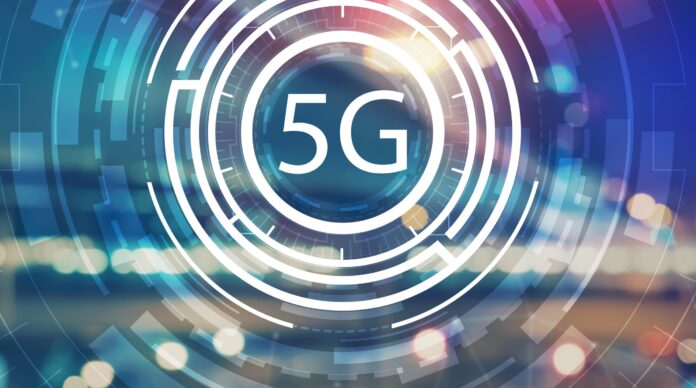The difference between 5G-A and 5.5G wireless may just be marketing
Marketing is one of many important keys to success for any company in any evolving industry. Marketing helps set competitors apart in a noisy and chaotic marketplace. However, in an effort to stand apart from the crowd, marketing can also confuse the marketplace. That may be what is happening in wireless with 5G-Advanced (5G-A), which is what nearly every competitor uses and 5.5G from Huawei?
The question we will try to answer in this column is, what is the difference between 5G-A and 5.5G? Is there a real difference, or do these two terms actually mean the same thing and it’s all about marketing?
If we pull back the camera and look at history, we can see that we’ve been here before. If you recall, the wireless industry has been through this type of move already years ago as 2G evolved into 2.5G? We’ve also been there with 4G turning into something called 4G LTE.
Was 2G to 2.5G wireless the same as 5G to 5G-A and 5.5G today?
Wireless competitors have a choice. They can all use the same descriptive terms to make it easier for the customer to compare and choose. Or they can create their own unique terminology in an effort to try and give them a competitive advantage.
So, from a marketing perspective, what is the difference between incrementally moving up a notch compared for example to 5G-A or moving to the next G?
Each wireless competitor seems to be moving forward at their own pace. Some more aggressively and more quickly than others.
That being said, all competitors want to wear the badge of honor. They want to stick with the changes. If not, they fear they will fall behind their competition.
5G-A and 5.5G mean wireless is entering a faster, more immediate world
Both 5G-A and 5.5G seem to mean we are entering the next sub-generation of wireless. The change is not enough to warrant moving from 5G to 6G. However, there is a difference beyond 5G and that seems to warrant a new sub-brand increase.
So, 5G-A and 5.5G mean a faster and more immediate network performance. What about all the other differentiating factors?
Speed is one factor with 5G-A and 5.5G. Typically, 5G means speeds around 1 Gbps. Huawei claims their 5.5G is up to ten-times faster. Is speed the same with 5G-A?
Latency is another factor. These advanced networks have lower latency. More immediate service. This is necessary for things like remote surgery, smart cities, automated driving and much more.
Increasing speed and decreasing latency are much better for these industries.
Energy efficiency is another factor. Positioning is still another factor. Example, more accurate positioning helps various industries like smart cities, environmental, agriculture, automated driving and more.
5G-A and 5.5G are the same technology with different brand names
Bottom line, it appears that 5G-Advanced and 5.5G from Huawei are the same technology with different names for marketing reasons.
So, does this make things clearer for you, or more confusing? Is there a real benefit to Huawei to create their own 5.5G brand, or does this muddy the water for you?
Some wireless companies like to build their own brand-name version of new technology. But, if you line up five-different companies and compare their 5G-A move, you may likely find they are at five-different levels. Some are all in, while others are still mostly talk.
Qualcomm, Ericsson, Nokia, Huawei, AT&T, T-Mobile, Verizon on same page
Upgrading wireless technology does not result in an automatic competitive advantage. It just means some are faster and more aggressive than others. As we have learned, every company must carve out their own competitive advantage.
Based on this, I think the customer, investor, worker and the media should consider 5G-A and 5.5G to be two different names which actually mean the same thing. That means all players including Qualcomm, Ericsson, Nokia, Huawei, AT&T, T-Mobile, Verizon and other wireless players are all on the same page. No competitive advantage to see here.

